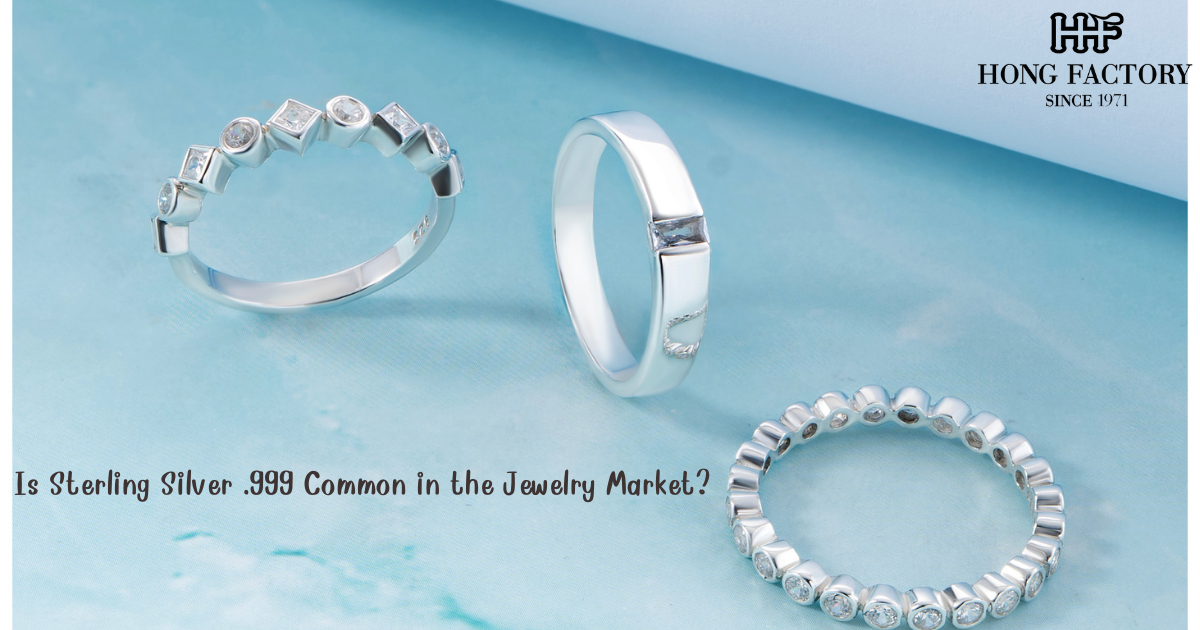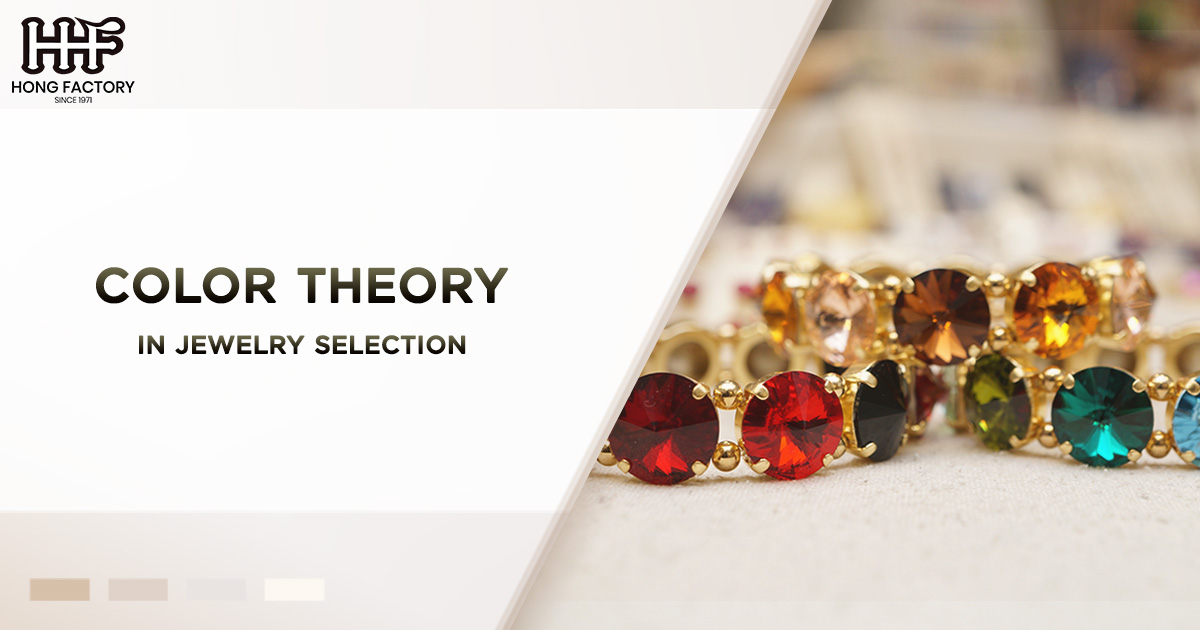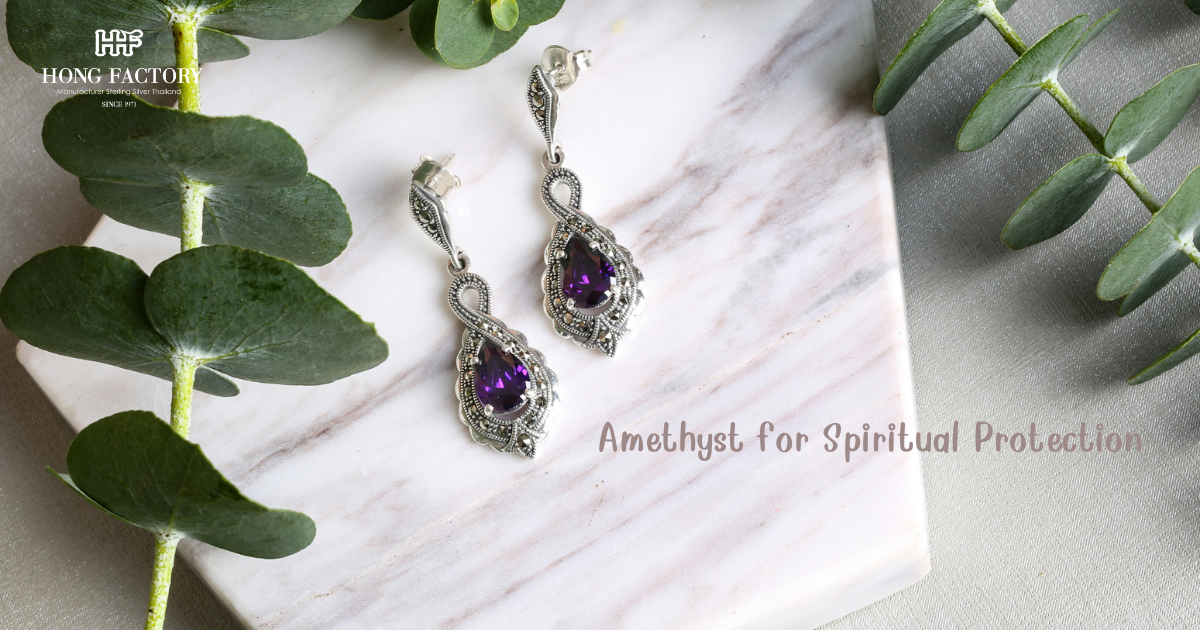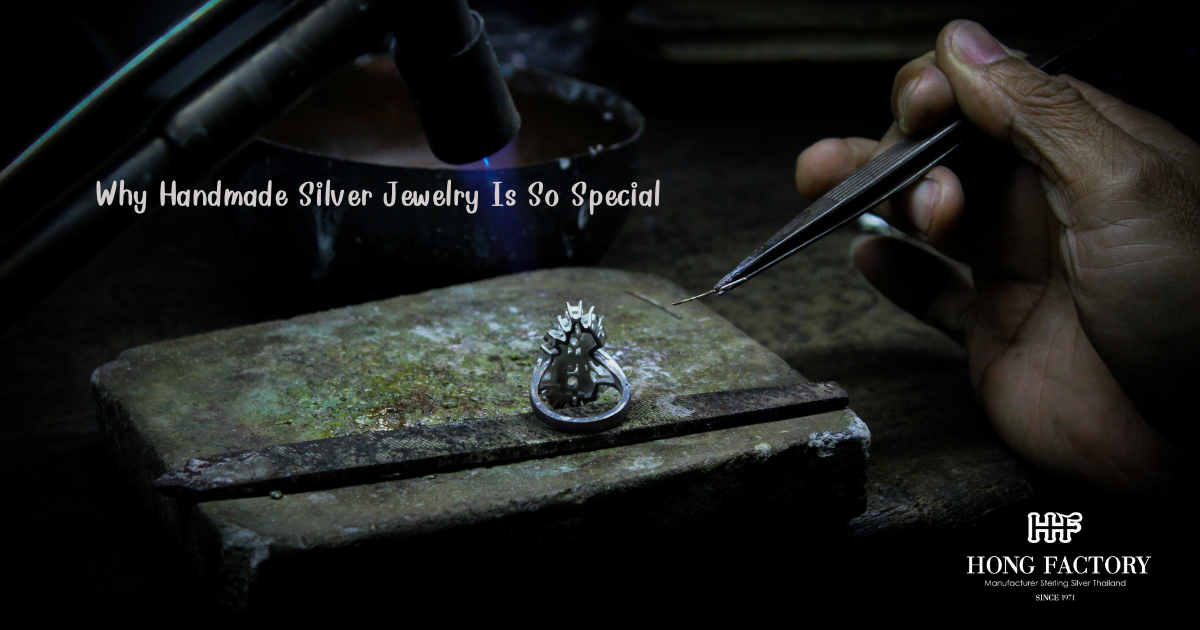Silver has been treasured for centuries, valued for its radiant shine, versatility, and timeless appeal. However, not all silver jewelry is made from the same type of metal. When people come across the term sterling silver .999, they often wonder if it’s common in the jewelry market. This article explores what “Is Sterling Silver .999” really means, how it compares to other silver alloys, and whether it’s widely used by jewelers today. marcasite stone
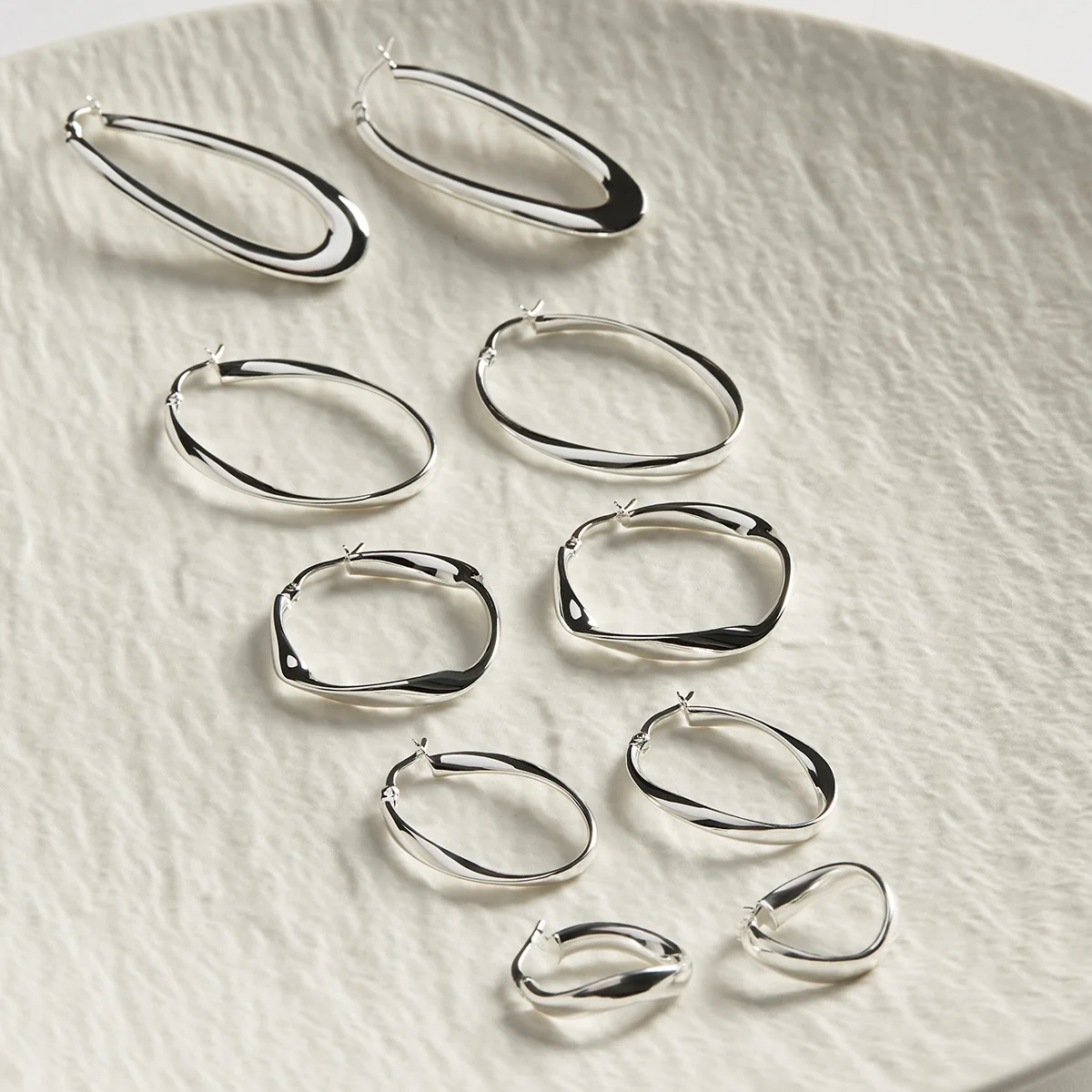
Understanding the Meaning of .999 Silver
The term .999 silver refers to silver that is 99.9% pure. This level of purity makes it known as fine silver or pure silver. It contains almost no alloyed metals, which gives it a stunning, bright white luster. Because of its purity, .999 silver is soft, malleable, and easy to shape but also delicate and prone to scratches or bending.
In contrast, .925 sterling silver is made up of 92.5% silver and 7.5% copper or other strengthening metals. This small addition gives it more durability, making it ideal for jewelry that’s worn regularly.
Is Sterling Silver .999 Common in the Jewelry Market?
The simple answer is no .999 silver is not common in the jewelry market. While it represents the purest form of silver, its softness makes it impractical for everyday jewelry production. Jewelers rarely use it for standard pieces like rings, bracelets, or bangles that need to withstand daily wear and friction.
Instead, most silver jewelry you see in stores and online is made from .925 sterling silver, which offers the perfect balance between beauty, strength, and longevity. Sterling silver is far more common because it’s durable enough to hold gemstones, resist scratches, and maintain its shape.
However, .999 silver does have its place in certain types of jewelry mainly artistic or collectible pieces where purity is valued over durability.
Why .999 Silver Isn’t Widely Used in Jewelry
There are a few key reasons why .999 silver is not a standard choice for most jewelers:
- Softness: Fine silver bends and deforms easily. For rings and bangles, this makes it unsuitable for regular use.
- Gemstone Setting Issues: Because it’s too soft, it doesn’t hold stones securely, increasing the risk of loosening over time.
- High Maintenance: While it tarnishes less than sterling silver, it’s easily scratched and requires careful handling.
- Production Cost: Working with fine silver requires more precision and can increase labor costs, making the final jewelry piece more expensive.
As a result, fine silver is typically reserved for special designs, commemorative pendants, earrings that face minimal wear, or luxury collectible pieces.
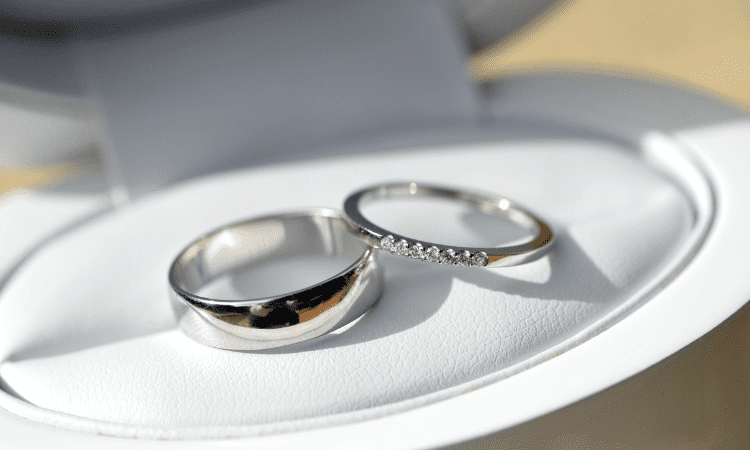
Where You’ll Find .999 Silver Jewelry
Though uncommon, fine silver jewelry does exist especially in niche markets. You’re most likely to find .999 silver used in:
- Handcrafted or artisan jewelry: Independent designers may use it for custom pendants or earrings.
- Cultural or traditional designs: Some cultures prefer using pure silver for symbolic or ceremonial jewelry.
- Limited-edition collections: High-end brands sometimes release pure silver pieces to highlight craftsmanship or purity.
- Investment or collectible jewelry: These pieces are designed more for display or value appreciation than daily wear.
In these cases, .999 silver serves as both a decorative metal and a statement of purity, emphasizing exclusivity and luxury rather than practicality.
Why .925 Sterling Silver Dominates the Market
The jewelry industry overwhelmingly favors .925 sterling silver because it offers multiple advantages that fine silver cannot:
- Durability: It withstands daily use and maintains its form over time.
- Affordability: It’s more cost-effective to produce while still offering a premium appearance.
- Workability: It’s easier to polish, engrave, and set with stones.
- Versatility: It’s used in everything from casual fashion pieces to luxury designer collections.
Sterling silver’s combination of beauty and resilience makes it the global standard for silver jewelry, explaining why it’s far more prevalent in the market than .999 fine silver.
The Role of .999 Silver in the Precious Metals Industry
Even though .999 silver is rare in jewelry, it’s widely used in the investment and bullion market. Fine silver bars, coins, and rounds are valued for their purity and weight, not their decorative potential. Investors and collectors prefer .999 silver because it reflects the metal’s true market value and can be easily traded.
In short, .999 silver dominates investment circles, while .925 sterling silver reigns in jewelry craftsmanship.
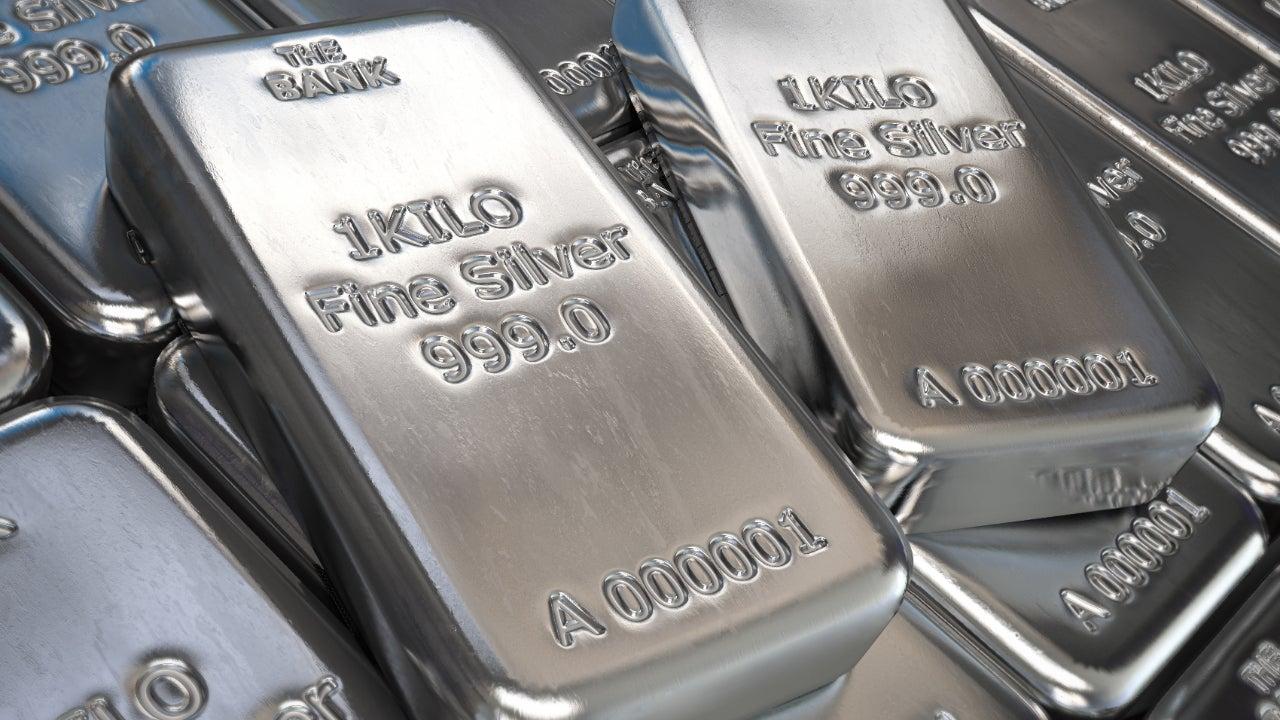
Choosing Between .999 and .925 Silver Jewelry
Your choice depends on purpose:
- Choose .999 fine silver if you want collectible or symbolic jewelry pieces meant for occasional wear or investment.
- Choose .925 sterling silver if you need durable, affordable, and stylish jewelry for daily use.
If you’re building a jewelry business or buying for long-term wear, sterling silver is the more practical option. But if you’re curating an exclusive or limited collection, fine silver can provide prestige and uniqueness.
So, is sterling silver .999 common in the jewelry market? The answer is no it’s rare. While .999 fine silver boasts unmatched purity and brilliance, its softness makes it impractical for most jewelry applications. Jewelers and consumers alike prefer .925 sterling silver for its strength, durability, and affordability.
In the end, both forms of silver have their own charm: .999 for collectors and artisans, and .925 for those who want timeless beauty they can wear every day.
